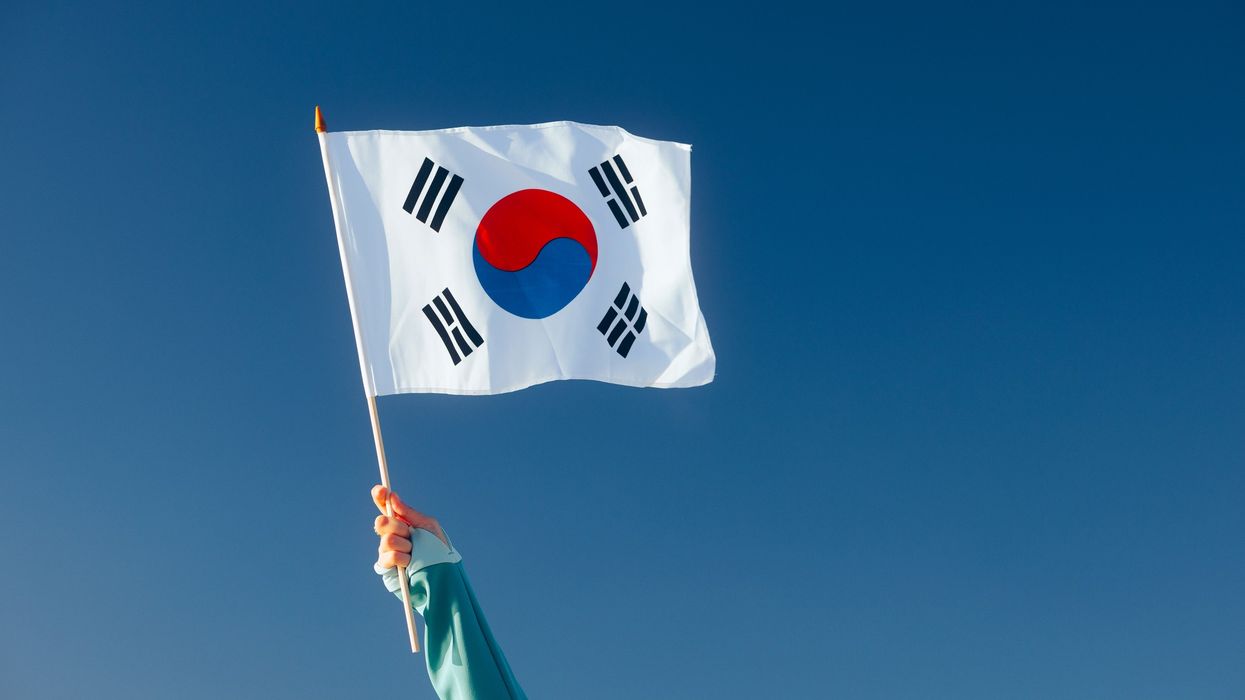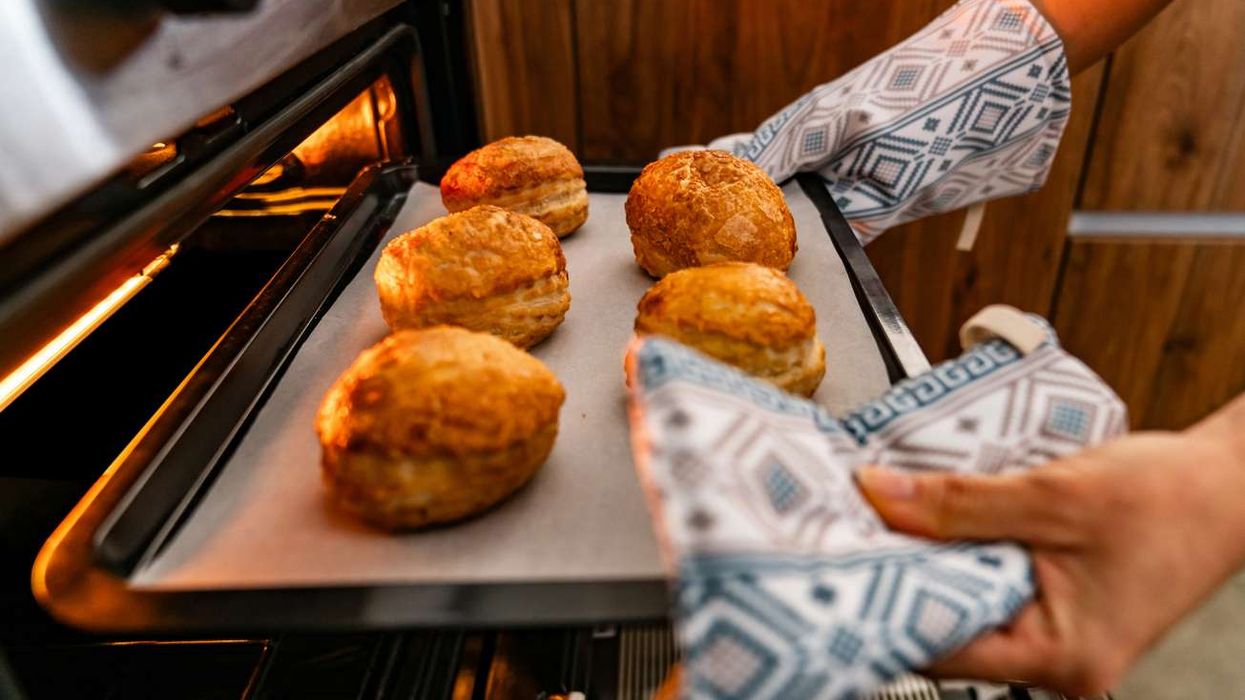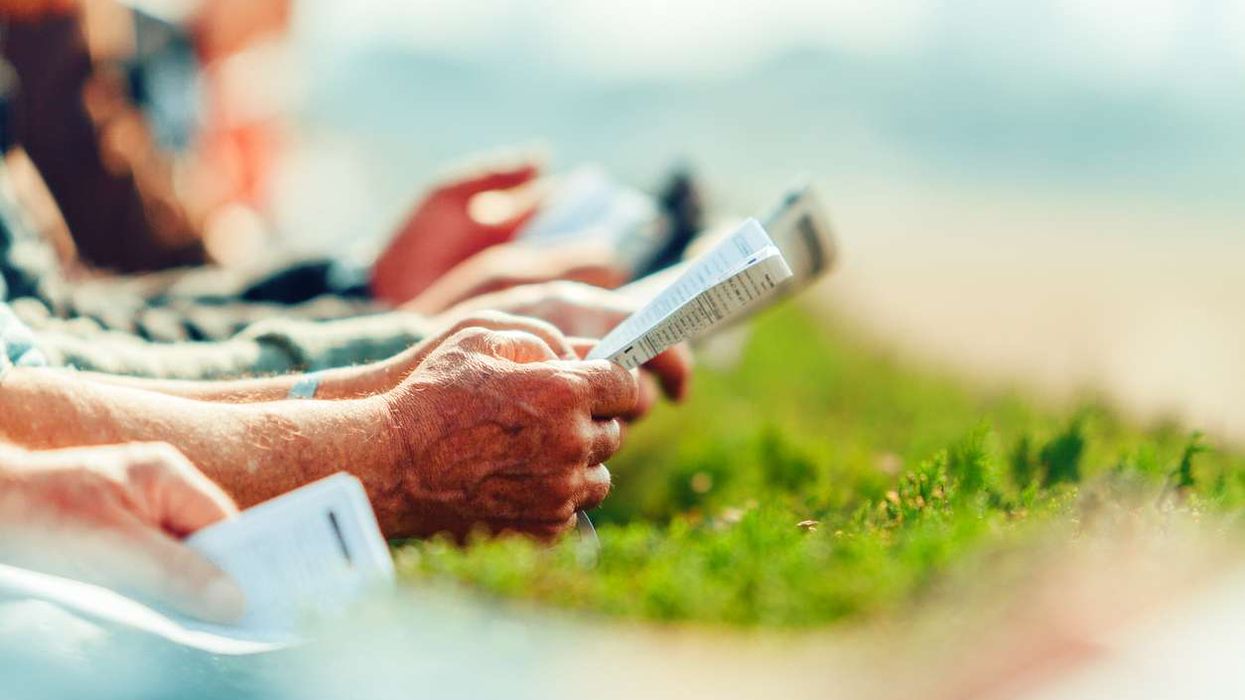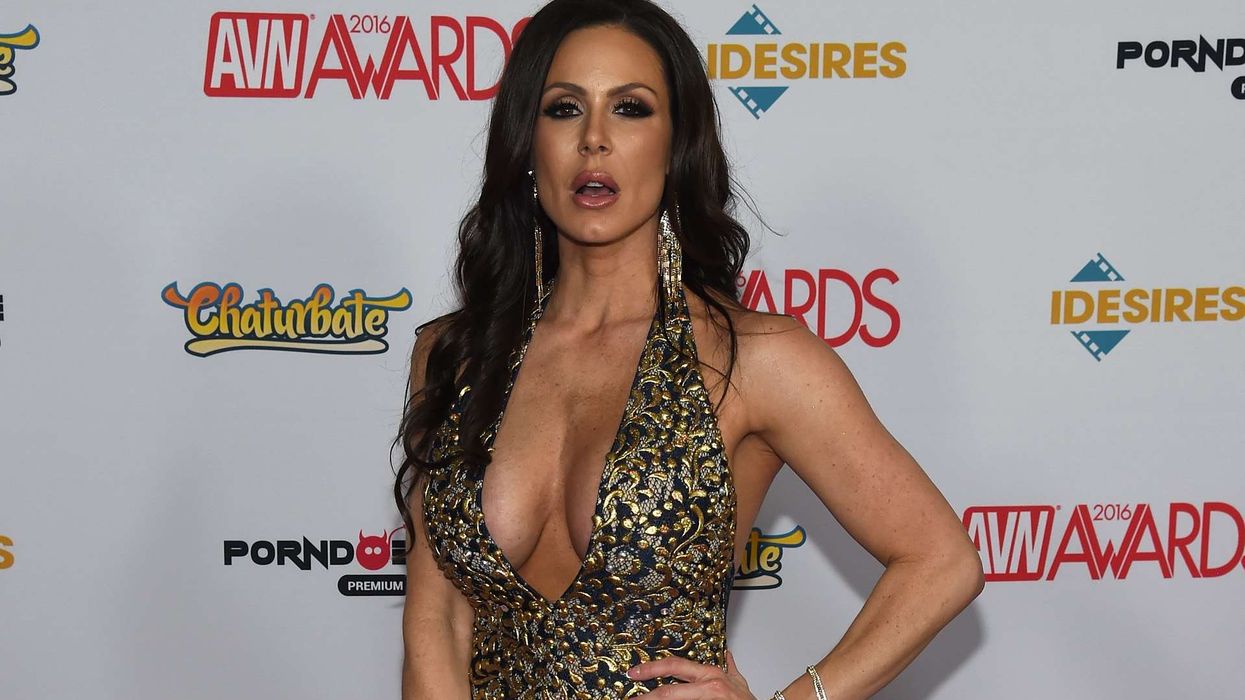Can a single outfit speak two languages—one of elegance and the other of strength? In South Korea, the answer is yes. The fashion landscape here doesn’t simply follow trends; it reflects a cultural identity that embraces contrasts. You’ll find oversized blazers paired with lace skirts, combat boots grounding soft pastels, and hanbok-inspired details woven into streetwear. But this deliberate dance between softness and power gives Korean fashion its unique edge. It’s not just about looking good—it’s about feeling seen, confident, and connected. And as travelers explore this dynamic scene, having tools like a Korea travel esim ensures they can capture, share, and navigate it all seamlessly.
A Legacy Rooted In Duality
Traditional Korean fashion has always balanced structure and grace. The hanbok, for instance, features bold silhouettes with flowing lines, creating both presence and poise. This duality continues in modern design, where contemporary labels often borrow from traditional styles—adding stiff collars to silk fabrics or mixing armor-like textures with delicate prints. Korean fashion isn’t about choosing one side but embracing both. This cultural DNA shows up in everything from Seoul Fashion Week to the daily style of college students walking through Hongdae or Garosugil.
The Soft Rebellion Of Streetwear
Korea’s street fashion scene is often described as daring but rarely aggressive. Instead, it channels quiet rebellion through layering, unexpected color mixes, and confident silhouettes. There’s power in choosing oversized shirts over body-hugging cuts or pairing kitten heels with joggers. Many young Koreans express strength not through toughness but through softness redefined—wearing pastels with leather or mixing sportswear with sheer fabrics. It’s a statement that says: I don’t need to shout to be strong. And with connectivity tools like Korea travel esim, it’s easy to follow street style movements in real time and explore these fashion-forward neighborhoods without missing a moment.
K-Dramas And The Styling Of Emotion
Television dramas in Korea do more than entertain—they influence wardrobes worldwide. But beyond the trendsetting, these shows have redefined how clothing can express power. A sharply tailored suit in a courtroom scene shows authority, while a character in a soft cardigan delivering strong dialogue proves that strength doesn’t require stiffness. Costume designers in K-dramas use fashion as emotional language. A romantic interest in a flowy dress can still be the strongest character on screen. These visual cues resonate with viewers and inspire a fashion culture that values depth and nuance.
Gender Expression Through Fashion Fluidity
One of the most noticeable shifts in Korean fashion is how it plays with gender. More designers and wearers are embracing androgyny—not just as a trend, but as a way of breaking stereotypes. Men in soft pinks and flowing fabrics. Women in structured coats and chunky sneakers. Korean fashion rejects the idea that softness is feminine and power is masculine. Instead, it invites people to choose pieces that resonate personally, regardless of gender norms. This freedom fosters confidence and creativity, making the streets of Seoul feel like an open runway of self-expression.
The Power Of Minimalism
While much of Korean fashion thrives on mixing textures and layers, there's also a strong undercurrent of minimalism. Clean lines, muted tones, and subtle tailoring often speak the loudest. This minimalist approach doesn’t dilute strength—it sharpens it. It allows wearers to control the message, choosing when to whisper and when to stand out. Minimalist fashion in Korea reflects emotional maturity—confidence without needing attention. It's a silent power that invites closer inspection and often leaves a longer impression.
The Role Of Accessories In Defining Strength
In Korean fashion, accessories are more than finishing touches—they are narrative tools. A delicate hair clip can be as powerful as a bold earring, depending on how it's styled. Bags, shoes, and even eyewear choices shift the tone of an outfit, swinging it from soft to sharp in seconds. These details allow for flexibility in expression, reminding us that power doesn’t always come in large doses—it can live in the most minor elements. The versatility of these choices reflects the Korean philosophy of harmony: power doesn’t overpower—it flows.
Fashion As A Form Of Healing
Beyond aesthetics, fashion in Korea is often used as a form of emotional restoration. After a stressful week, some turn to soft textures, cozy fits, or playful prints to soothe the spirit. Others armor up in structure and bold designs to face a challenge. This emotional dressing gives Korean fashion its depth. It becomes less about impressing others and more about aligning with your feelings. Perhaps this is the true balance—using clothing to express who we are and support who we’re becoming.
Final Thoughts
Korean fashion isn’t just visually striking—it’s emotionally resonant. It balances softness and power not as opposites but as complements. Through structure and flow, boldness and subtlety, it offers wearers a chance to show strength in vulnerability and grace in determination. Whether watching a K-drama, strolling through Seoul’s stylish streets, or planning your wardrobe while traveling, Korea teaches us that fashion can be both a shield and a mirror. And with modern tools like Korea travel esim, exploring this inspiring landscape becomes even more fluid, helping us stay connected to the world and ourselves.
















